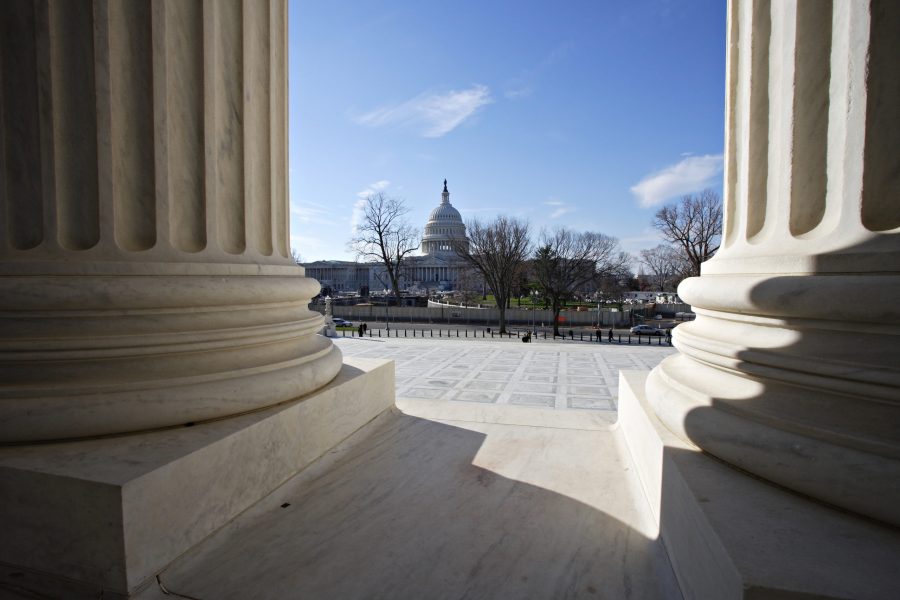The law, approved by California voters back in 2018, would require pork producers to give hogs in commercial settings 24-square-feet of housing space in which they would not come in contact with another pig. It also bans gestation crates and requires any pork coming into the state to follow the same housing rules, regardless of origin. Both the National Pork Producers Council (NPPC) and the American Farm Bureau Federation have appealed their original lawsuit to Supreme Court of the U.S. (SCOTUS), challenging the law as unconstitutional.
The NPPC v. Ross decision hinges on whether Prop 12 is a violation of the dormant commerce clause. The clause is described as, “prohibit[ing] state laws that unduly restrict interstate commerce even in the absence of congressional legislation … This ‘negative’ or ‘dormant’ interpretation of the Commerce Clause ‘prevents the States from adopting protectionist measures and thus preserves a national market for goods and services.’”
California consumers represent about 15 percent of pork consumption in the U.S. but produce about 1 percent of the nation’s pork. This disparity in consumption and production means California is dictating pork production via Prop 12 for every other state in the U.S. and, potentially, every country around the globe.
In late 2022, the state agreed to delay final implementation of Prop 12 pending the SCOTUS ruling. Prior to that agreement, California sent staff from the state veterinarian’s office around the country to advise pork producers about proper housing to fall in line with California’s law.
The state estimated it would cost approximately $60,000 per hog farm to conform to the standards set out in Prop 12. Producers argue the cost is more likely about $200,000. The NPPC says conversion to Prop 12 housing will cost U.S. pork producers between $1.9 and $3.2 billion.
On-farm costs are certainly part of the equation, but increased grocery costs should be the real concern for low-income households in California and around the country. The cost to convert a hog farm to the housing requirements of Prop 12 will likely drive some small- and medium-sized producers out of business, lessening the total supply of pork and driving the price higher.
The potential price increase is particularly problematic in states like California where approximately 4.7 million people live at or below the poverty line. Overall grocery costs have risen 13 percent since the beginning of 2022; an additional cost increase for lean, protein rich meat puts those people in even more jeopardy.
The best hope for Californians, and the rest of the United States, is that the SCOTUS sees fit to strike down Prop 12 and give everyone what they want: an affordable protein source, at an affordable price.
Pam Lewison is the Director of Agriculture Research at the Washington Policy Center and a Pacific Research Institute fellow. She co-owns and operates a family farm in Eastern Washington state.


